Art World
Is a New Artistic Activism Emerging via Social Media and Forms of Public Protest?
Can artists (and Instagram) save the world?
Can artists (and Instagram) save the world?
Daria Daniel

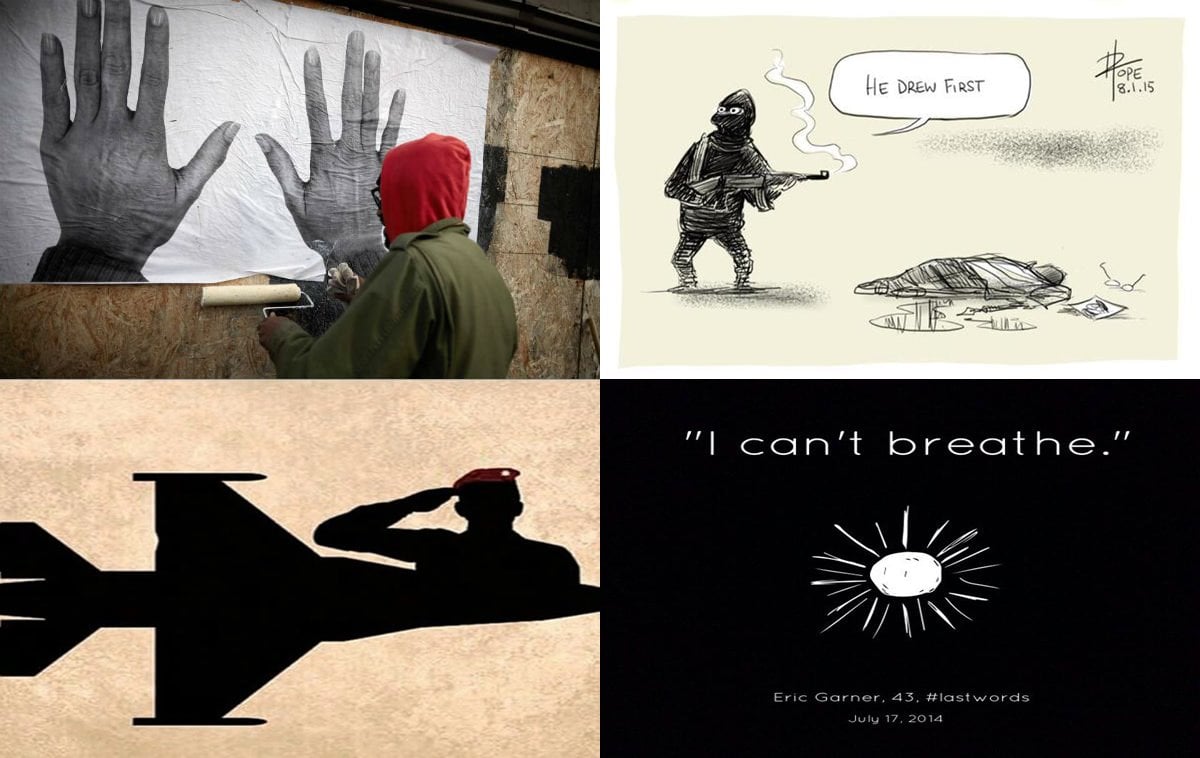
Recent world crises have elicited an unprecedented response on social media and brought on new forms of artistic protest. Think of the brave Mexican artists who have been standing naked in public to protest student killings, shared everywhere online, or take a look at the pictures below for a visual recap of other artistic protests over the past few months. They got me thinking: is a new artistic activism emerging via social media and forms of public protest?
Today, when we speak of social activism, it seems we are referring to a diluted version, one in which posting photographs in the name of a cause is sufficient action. With the accessibility of media and social networking outlets, our political consciences have never been more in tune, yet the ways in which we protest have been reduced to transient “likes” on an Instagram account.
The slogans we perpetuate, #jesuischarlie #iammuath #bringbackourgirls #ferguson #icantbreathe, are important. In many ways, they have reinvented the power of popular will by rallying supporters, spreading awareness and exerting political pressure. But are they enough?
Perhaps, as the New Yorker’s Malcolm Gladwell posited in 2010, the reason these campaigns are able to reach such high volumes is because not much is actually being asked of people. To “post,” “like,” “share,” or “hashtag” takes seconds in time and involves little to no personal investment. These acts of solidarity may put our conscience at ease but they are creating a new breed of zombie social activism. What it does yield is easy social praise, so that even in its most generous form, this is social activism for the lazy.
Earlier this summer, Naunihal Singh lamented over the bleak status of the over two hundred Nigerian school girls still missing. “A viral hashtag, it seems, is a fever that breaks quickly,” he concludes.
In this climate, we must ask ourselves how social media is transforming our response and whether this response is adequate for the world unfolding before us.
Here, we look at five seminal events from the past year that have changed the landscape of civic response to international crises. Public reaction has taken the form of lyrically powerful but perhaps practically empty hashtags and Instagram illustrations. At the same time, artists have become all the more politically charged. And so, it is worth taking a closer look at the relationship between art and politics, media and conflict.
Murder of Muath Al-Kasasbeh, Jordanian pilot
#iammuath (8000 Instagram hashtags)
The ghastly murder of Al-Kasasbeh at the hands of ISIS has inspired a strong social media campaign spearheaded by heroic illustrations of his fighter jet.
Charlie Hebdomadaire Attacks
#jesuischarlie (1,209,874 Instagram hashtags)
The terrorist attacks in Paris against French cartoonists prompted international outcry and inspired powerful political cartoons (see #JeSuisCharlie: A Digest of Responses to the Killings at Charlie Hebdo).
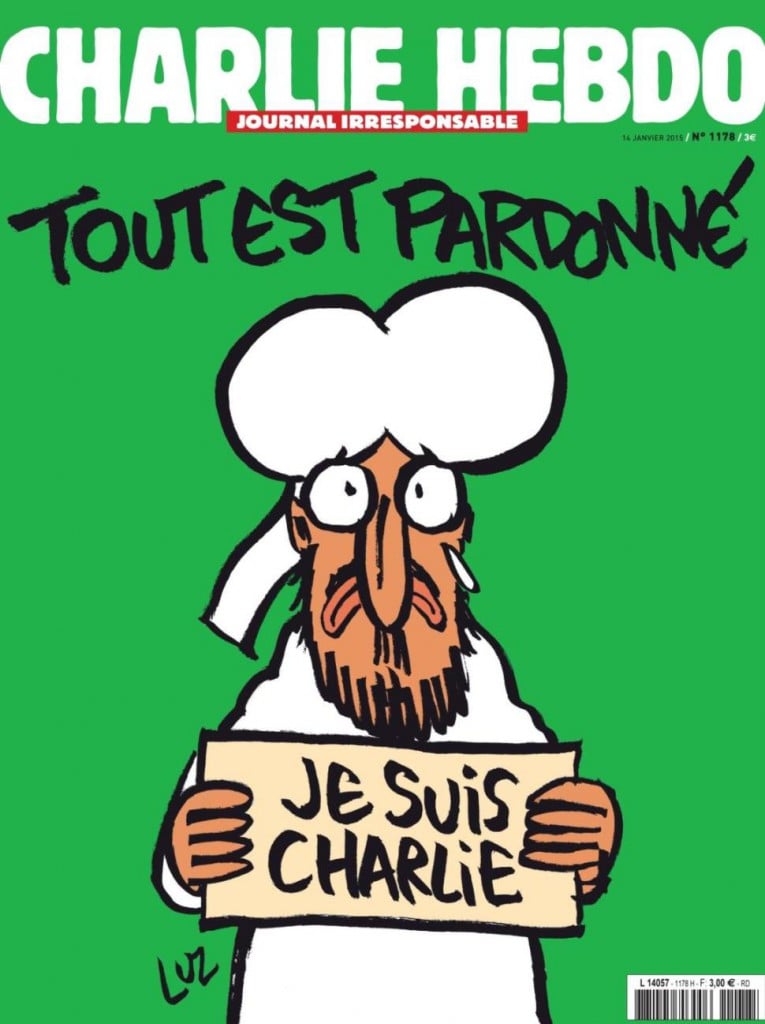
Cover of Charlie Hebdo publication after the attack.
Photo: liberation.fr
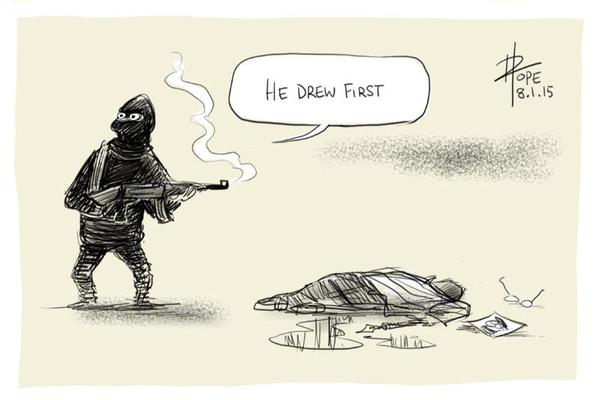
Political cartoonist David Pope’s reaction to Charlie Hebdo attacks.
Photo: blazepress.com
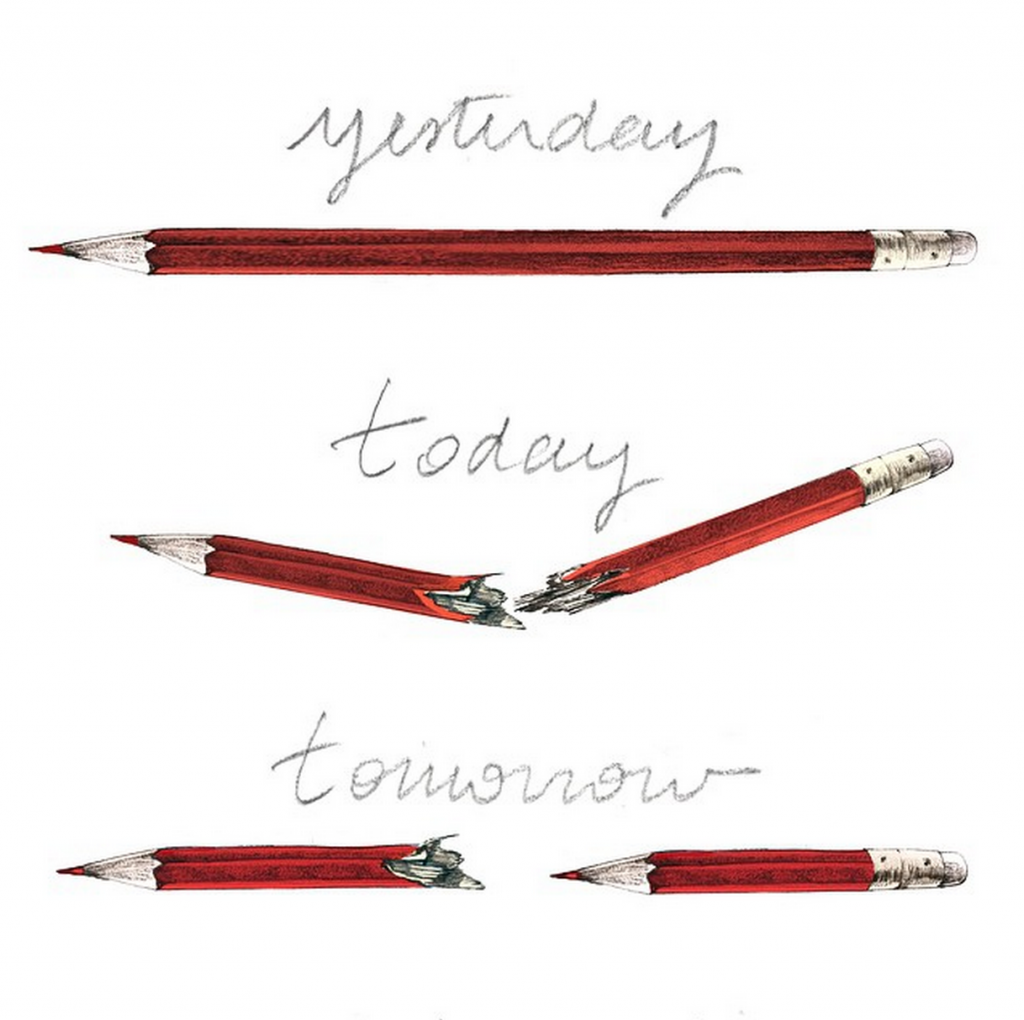
Illustration by graphic designer Lucille Clerc.
Photo: businessinsider.com
Nigerian School Girls Kidnappings
#bringbackourgirls (482,172 Instagram hashtags)
Brooklyn artist Mary Mihelic honored the nearly 300 school girls abducted by Nigerian terrorist group Boko Haram (see Boko Haram’s Kidnapped Schoolgirls Inspire Exhibition). Mihelic immortalized 53 out of 276 school girls who were able to evade capture in her “running” series.
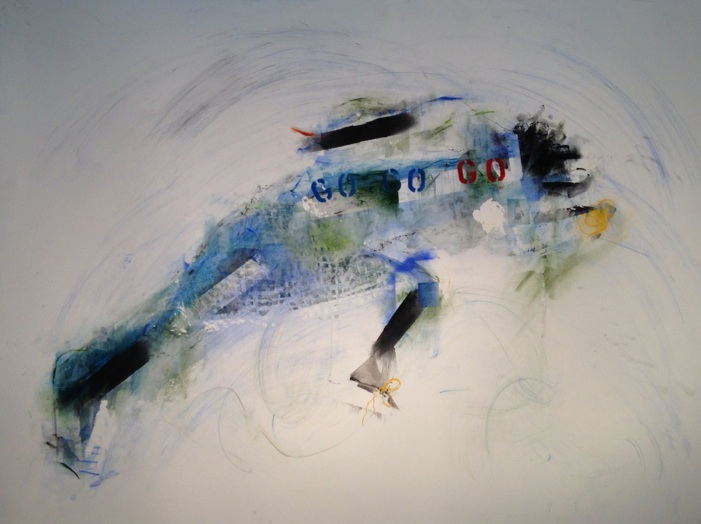
Mary Mihelic, Running Girl 6 .
Ferguson Trial
#ferguson (831,418 Instagram hashtags and 7.8 million Twitter hashtags)
#blacklivesmatter (521,025 Instagram hashtags)
Artist Titus Kaphar was commissioned by Time magazine to create Yet Another Fight for Remembrance (2014), an artwork in response to Ferguson protests (see Titus Kaphar Takes on Ferguson, Takes Over Jack Shainman). In the piece, black men stand with their arms raised.
Artist Damon Davis boarded up posters of raised hands in tribute to Michael Brown’s final gesture (see Days Before the Verdict, Artist Reclaimed Ferguson’s Boarded-Up Shops).
Hank Willis Thomas, a New York artist known for works relating to race and identity, completed his prominent sculpture Raise Up in 2013. The work depicts black men with their arms in the air and was coincidentally on view at Art Basel Miami Beach in the wake of the decision not to indict David Pantaleo in the death of Eric Garner (see Beyonce Boosts Artist Hank Willis Thomas).

Titus Kaphar Yet Another Fight for Rememberance .
Photo: time.com

Damon Davis.
Photo: Sebastiano Tomada via Mic
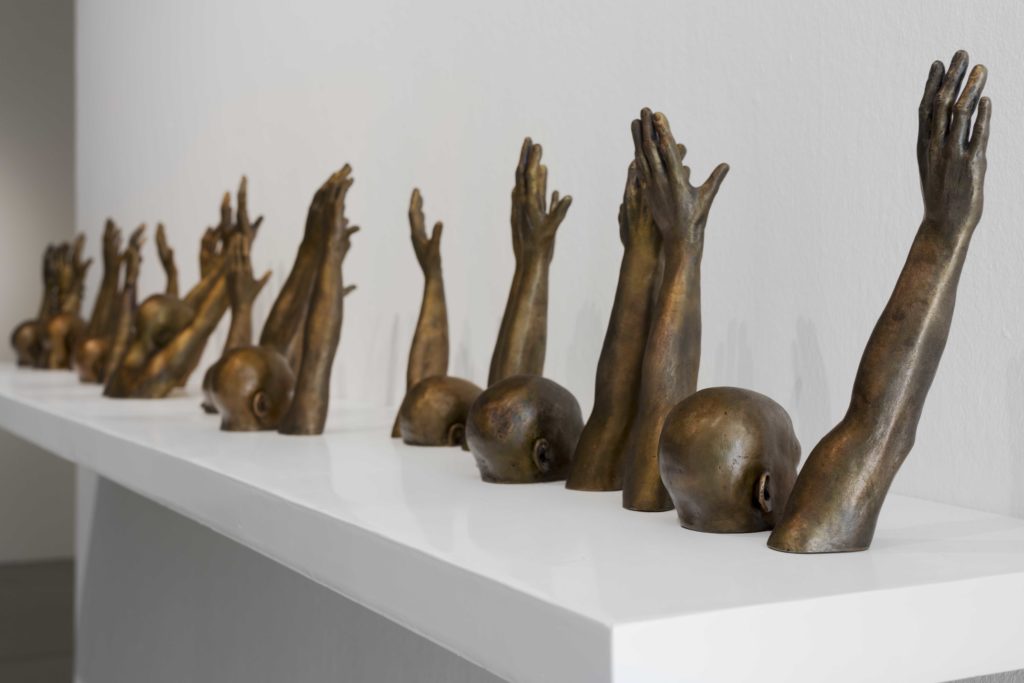
Hank Willis Thomas Raise Up 2013.
Photo: hankwillisthomas.com
Eric Garner Chokehold Case
#icantbreathe (298,374 Instagram hashtags)
When the grand jury decided not to indict police officer Daniel Pantaleo for the death of Eric Garner, the #icantbreathe campaign soared. Journalist-artist Shirin Barghi created a “Last Words” meme depicting the last words of black men victim of “police or vigilante violence” (see After Ferguson, A New Protest Culture’s Challenge to Art). The series features Eric Garner’s “I Can’t Breathe,” Trayvon Martin’s “Why Are You Following me?” and Oscar Grant’s “You Shot Me, You Shot me!”
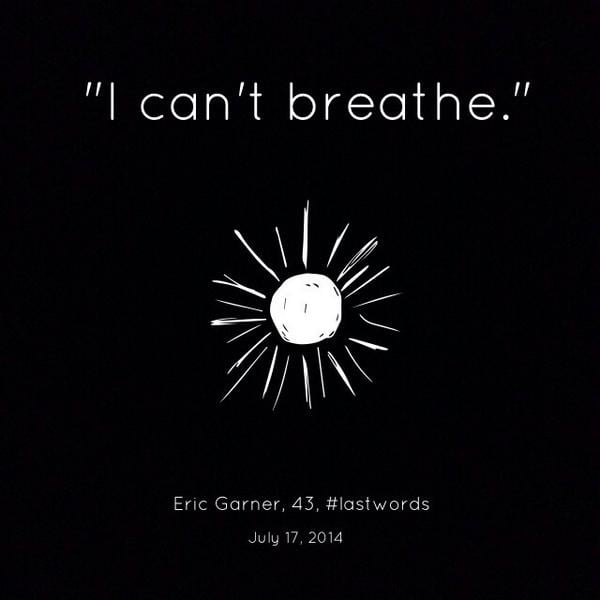
Image from Shirin Barghi’s “Last Words” series.
Photo: Courtesy Shirin Barghi Twitter, @shebe86